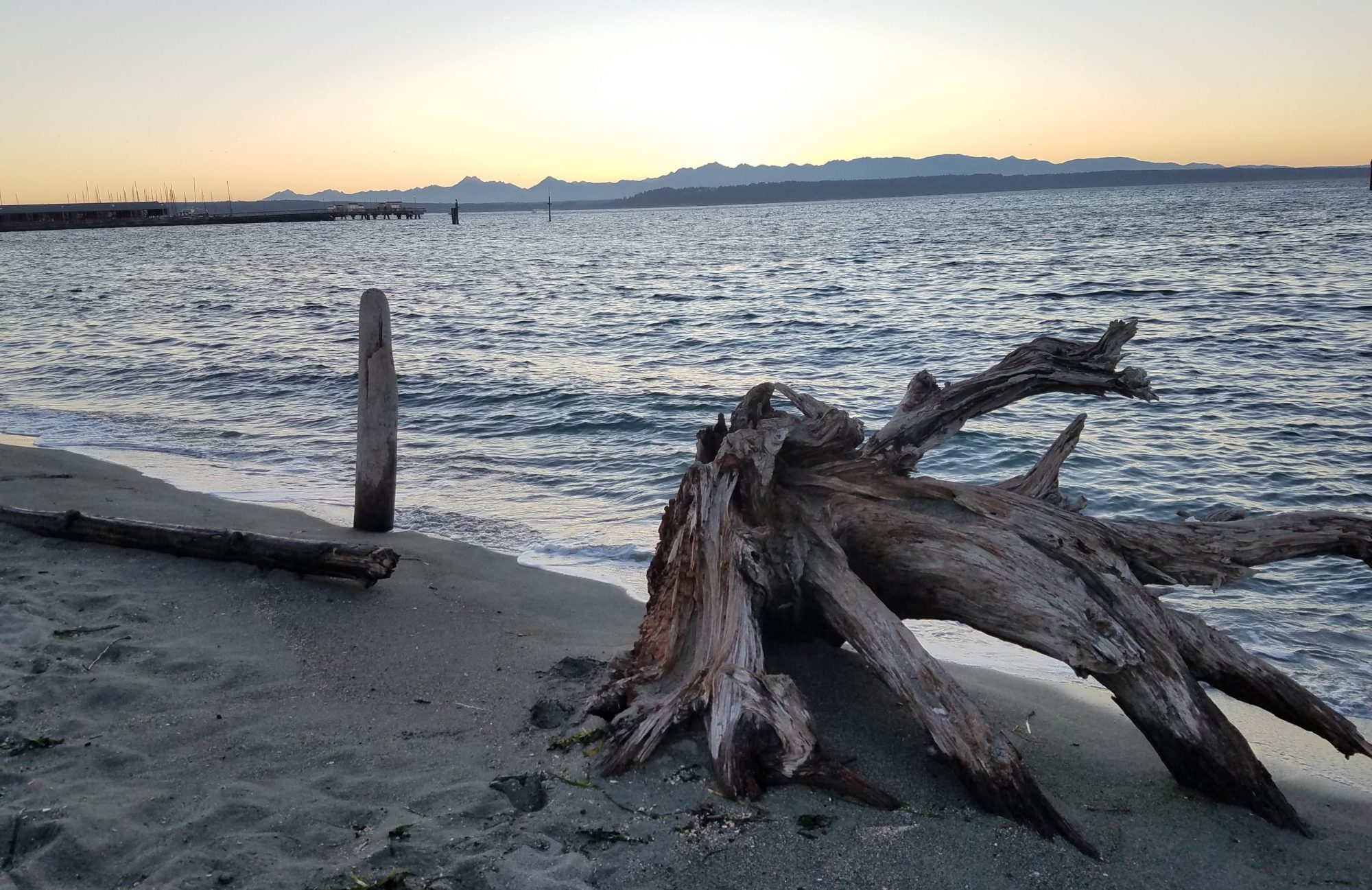May this day bring you light and guidance on your path. Enjoy this from David Whyte:
EASTER BLESSING
The blessing of the morning light to you,
may it find you even in your invisible
appearances, may you be seen to have risen
from some other place you know and have known
in the darkness and that that carries all you need.
May you see what is hidden in you
as a place of hospitality and shadowed shelter,
may that hidden darkness be your gift to give,
may you hold that shadow to the light
and the silence of that shelter to the word of the light,
may you join all of your previous disappearances
with this new appearance, this new morning,
this being seen again, new and newly alive.
…
© David Whyte
From EASTER BLESSING
In Memoriam John O’Donohue
In
THE BELL AND THE BLACKBIRD
Poetry by David Whyte
APRIL 2018 © David Whyte and Many Rivers Press
Waking here in the Yorkshire Dales in a quiet village, on a warm spring morning, amongst the birdsong and the cockerels crowing, the rooks beginning to wake and call to one another and build their nests, I am having my own private Easter Service just by listening through the open window. Easter morning to me, has always seemed to gather every other morning of the year in its arms, to sacralize that everyday but crucial threshold we cross in waking into the world again. If we are not caught in our own bubble of enforced ordinariness, abstract insulation and closed protection, this is an astonishing world always waiting for us to join our own voice in the taken for granted, but extraordinary privilege of speaking, living and breathing. DW
Innocence is not a fixed commodity to be replaced by experience, innocence is our ability to allow ourselves to be seen and heard anew by a continually reawakened world, by birdsong, by a familiar loved one’s face, even by our own searching eyes looking back at us from the mirror, again and again, in new ways. To be surprised, transfigured, and astonished. Innocence is our ability to be found by the world. DW
…
Awake in Grenada
Photo © David Whyte
Carrera Del Darro
Grenada, Spain April 2nd 2019
